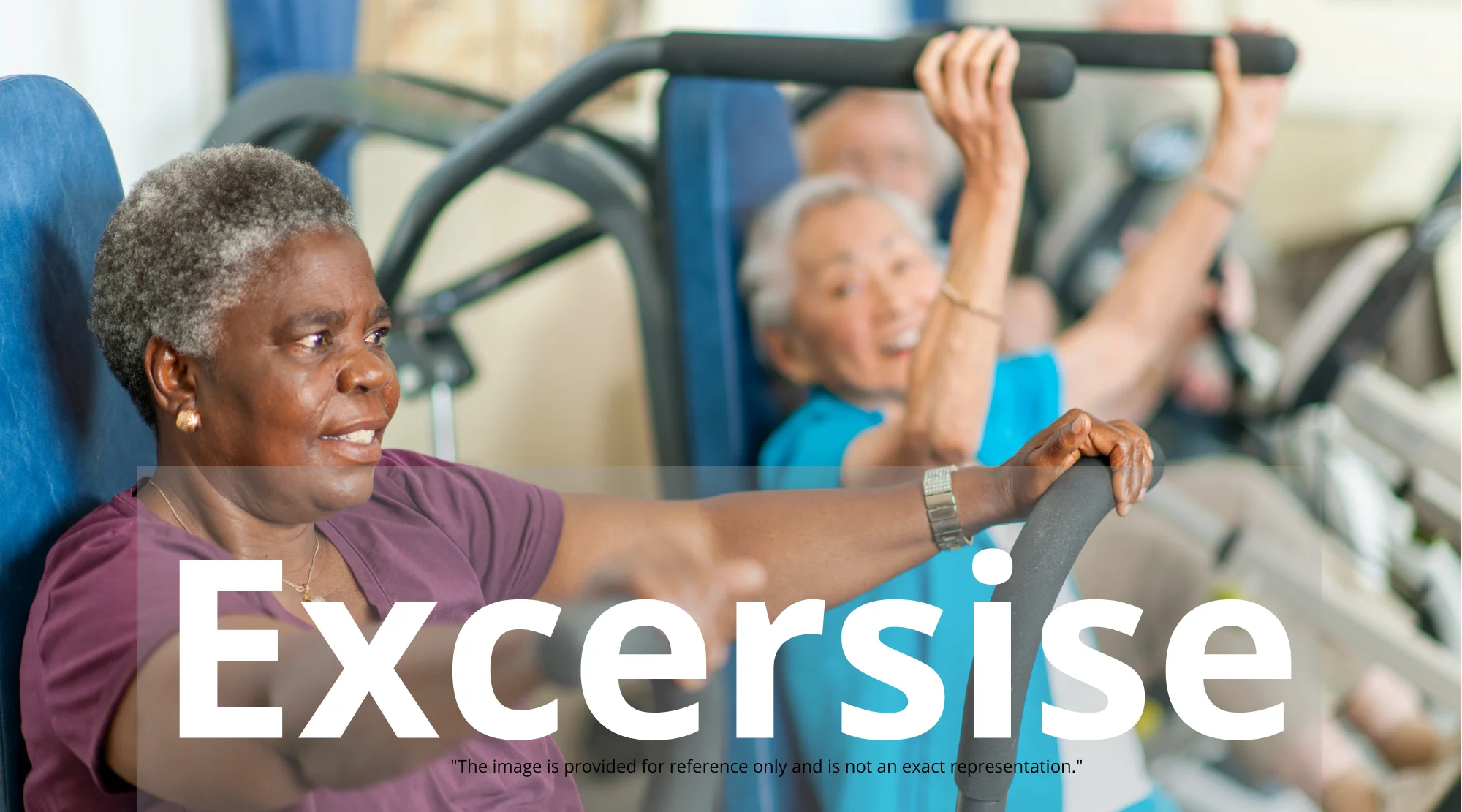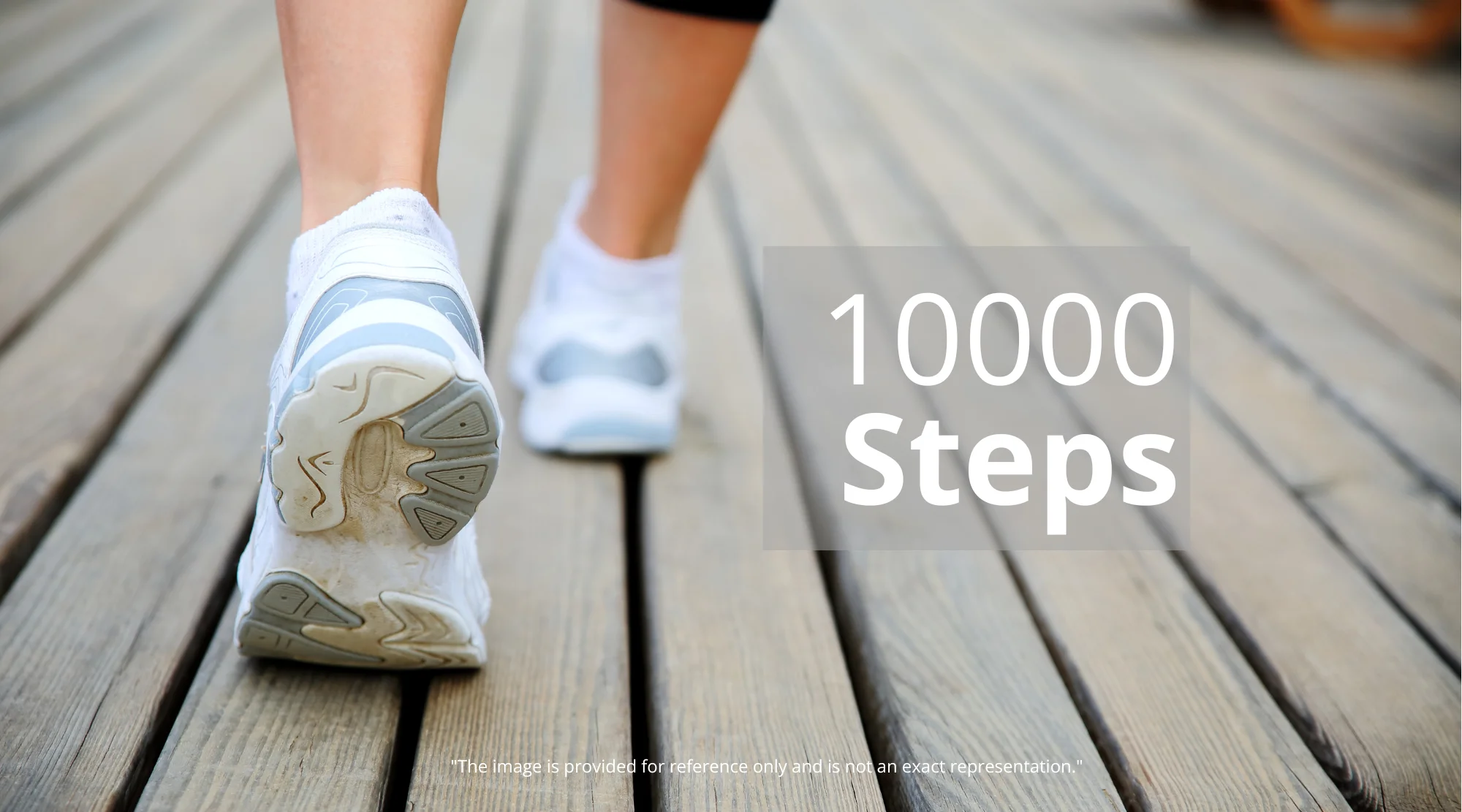
The Biggest Mistakes People Make in Physical Therapy (And How to Avoid Them)
Physical therapy (PT) can be a lifeline for those recovering from injuries, managing chronic pain, or striving to improve their overall physical function. It’s a journey, not a destination, and requires commitment, patience, and a willingness to work with your therapist. However, even with the best intentions, some behaviors can hinder progress and frustrate the very people who are there to help you – your physical therapists. This article delves into the common pitfalls that patients often fall into during physical therapy and, more importantly, provides practical advice on how to navigate them successfully, ensuring you get the most out of your treatment and achieve your goals. Learn what annoys physical therapists most.
The Homework Hurdle: Why Home Exercises Are Non-Negotiable
One of the most consistent complaints from physical therapists centers around the lack of adherence to home exercise programs (HEPs). This is consistently cited as the number one frustration. While the time spent in the clinic is crucial for learning techniques and receiving professional guidance, the vast majority of your recovery journey occurs outside those sessions.
The human body requires consistent practice to build new movement patterns, strengthen muscles, and improve flexibility. A couple of hours per week in therapy simply isn’t enough. Consistent practice, a form of “homework,” is vital for creating long-term positive changes. Skipping your exercises is akin to taking a few piano lessons and then expecting to play a concerto without practicing at home.
The principles of neuroplasticity, the brain’s ability to reorganize itself by forming new neural connections throughout life, support this. Regular practice reinforces the neural pathways, making the new movements and strength gains more permanent.
Key Takeaway: Make your HEP a non-negotiable part of your daily routine. Treat it with the same importance you give to other essential tasks.
Patience is a Virtue: Understanding the Pace of Recovery
In our fast-paced world, we often crave instant results. However, physical therapy is rarely a quick fix. Healing takes time, and the duration of recovery depends on various factors, including the severity of the injury, your overall health, and your commitment to the program.
External Link 1: Mayo Clinic, Physical Therapy
Being impatient can lead to discouragement and a tendency to give up before seeing significant progress. Recognize that your issue might not resolve overnight, especially if it has been a long-standing problem. Your physical therapist can give you a realistic expectation of the recovery timeline.
Key Takeaway: Manage your expectations and celebrate small victories. Focus on the journey, not just the destination, and trust the process. Consider reading “LSD for Anxiety: Promising Results from a Clinical Trial & The Future of Psychedelic Therapy” for insights into managing mental health during your treatment: https://befullbehealth.com/2025/lsd-for-anxiety-promising-results-from-a-clinical-trial-the-future-of-psychedelic-therapy/
Form Follows Function: The Importance of Proper Technique
Performing exercises with correct form is just as crucial as doing them. Improper technique can lead to ineffective workouts, potentially exacerbate your condition, and even cause new injuries.
Your physical therapist will demonstrate the exercises and provide guidance, but it’s easy to forget the details once you’re on your own. Don’t hesitate to ask questions and clarify any doubts about the correct form. Take advantage of the physical therapist’s expertise and review the exercises frequently.
Key Takeaway: Watch videos, use a mirror, and ask your therapist for clarification. Correct form should always be prioritized over speed or the number of repetitions.
The Skipping Syndrome: The Impact of Missed Appointments
Life can get busy, and it’s tempting to skip appointments, but regularly missing physical therapy sessions can significantly impede your progress. Each session is designed to build upon the previous one, and missing them disrupts the continuity of your treatment plan.
Physical therapists carefully tailor each session to your specific needs and recovery stage. Missing appointments can lead to setbacks and a longer overall recovery time. Communicate with your therapist about scheduling conflicts and try to reschedule as soon as possible.
Key Takeaway: Make your appointments a priority. If you must miss a session, reschedule it promptly and communicate with your therapist.
Pushing Too Hard, Too Soon: Avoiding Overexertion
It’s understandable to be motivated and want to get back to your previous activity levels quickly. However, pushing yourself too hard, too soon can be counterproductive. It can exacerbate your symptoms and potentially lead to re-injury.
Always follow your therapist’s guidance on increasing the intensity and duration of your exercises. Gradually increase the demands on your body, allowing it to adapt and recover. A “short regression” in activity, as described by many experts, is preferable to a setback caused by overexertion. Remember, the goal is long-term recovery, not a quick burst of activity.
Key Takeaway: Listen to your body and heed your therapist’s advice on gradually increasing the intensity of your exercises and activity levels. This is also a good concept to apply to strength training. Consider some resistance training articles, such as the one on how resistance training and your gut can enhance health benefits: https://befullbehealth.com/2025/resistance-training-and-your-gut-unlock-enhanced-health-benefits/
Pain vs. Discomfort: Knowing the Difference
Experiencing some level of discomfort during physical therapy is normal, but pain is a different story. Pain can indicate that you’re pushing yourself too hard or that something is wrong. Ignoring pain can lead to further injury or chronic issues.
Distinguish between the “good” pain of a productive workout and pain that signifies a problem. If you’re experiencing pain, immediately inform your therapist. It’s better to modify the exercises or take a break than to risk worsening your condition.
Key Takeaway: Never push through pain. Communicate openly with your therapist about any pain or discomfort you experience.
The Value of Open Communication: Building a Strong Therapist-Patient Relationship
Your physical therapist is your partner in recovery, but they can only provide the best care if you are honest and open about your progress, challenges, and setbacks. Share how you’re feeling, any changes you’ve noticed, and any questions you have.
Working collaboratively with your therapist allows them to tailor your treatment plan effectively and make necessary adjustments. This will speed up your recovery.
Key Takeaway: Be transparent with your therapist. Open communication is crucial for achieving optimal results. Consider some articles about mental health, such as the AI Therapy articles: https://befullbehealth.com/2025/ai-therapy-5-expert-tips-for-safe-effective-use-of-chatbots-for-mental-health/
Final Thoughts
Physical therapy can be a highly effective treatment for a wide range of conditions. By avoiding these common pitfalls and actively participating in your treatment, you can significantly improve your chances of a successful recovery. Remember, your physical therapist is a valuable resource. Utilize their expertise, communicate openly, and commit to your home exercise program, and you’ll be well on your way to achieving your goals and regaining your physical function. This helps you achieve your goals more effectively and efficiently. Your commitment is the key to success in physical therapy. Consider taking a look at articles to boost spinal mobility: https://befullbehealth.com/2025/boost-spinal-mobility-3-yoga-poses-for-flexibility-and-














Post Comment